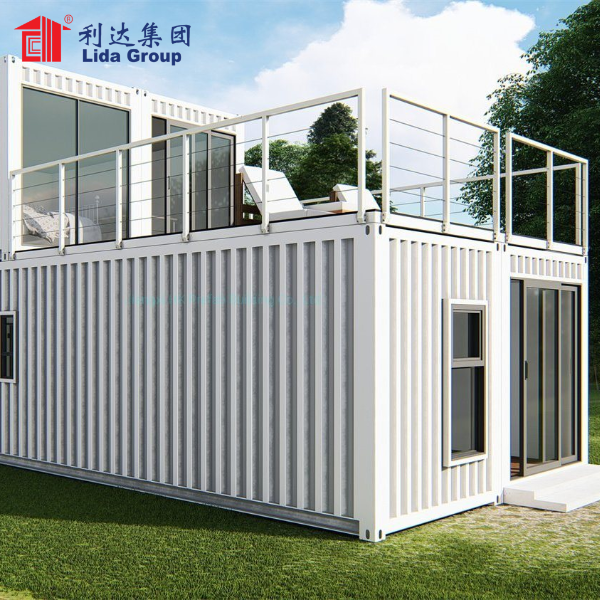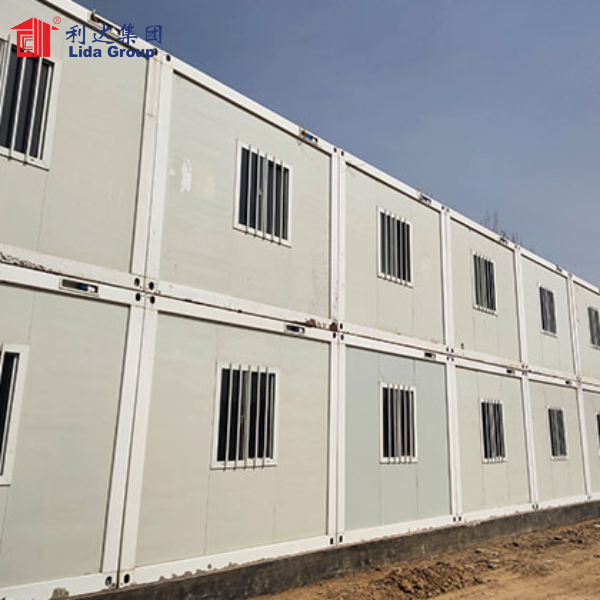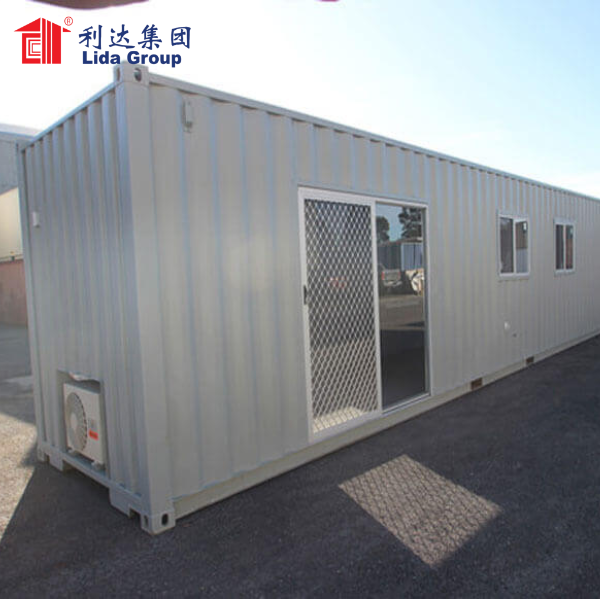Introduction:
Urbanization is a global phenomenon, with more people than ever residing in cities. As urban populations continue to grow, the need for innovative and sustainable solutions to accommodate this expansion becomes increasingly urgent. Lida Group, a frontrunner in the construction industry, has embarked on a transformative journey by envisioning and creating Container Cities. In this article, we will explore Lida Group’s Container City vision, delving into the concept’s design principles, benefits, and potential to reshape the urban landscape.
- The Rise of Container Cities:
1.1 Urbanization Challenges:
Rapid urbanization has led to overcrowding, increased housing costs, and strain on infrastructure in cities. Traditional construction methods struggle to keep pace with the demand for affordable and sustainable housing.
1.2 Containerization as an Alternative:
The concept of repurposing shipping containers for construction purposes has gained popularity due to their availability, affordability, and sustainability. Container Cities offer a viable solution to address urbanization challenges, providing cost-effective and eco-friendly living spaces.
- Lida Group’s Container City Vision:
2.1 Design Principles:
Lida Group’s Container City vision is based on three key design principles: adaptability, sustainability, and community integration. The design allows for flexibility, enabling future expansion or reconfiguration as needed.
2.2 Modular and Scalable Design:
Container Cities are designed using a modular approach, where individual containers can be combined or stacked to create multi-level structures. The modular design allows for scalability, making it possible to adjust the size and layout of the city over time.
2.3 Integration of Green Spaces:
Lida Group emphasizes the integration of green spaces within Container Cities. Rooftop gardens, vertical gardens, and communal parks provide residents with access to nature and promote a sense of well-being.
2.4 Mixed-Use Spaces:
Container Cities offer opportunities for mixed-use development, combining residential, commercial, and recreational spaces within the same area. This integration creates vibrant and self-sustaining communities.
- Benefits of Container Cities:
3.1 Affordability and Cost-Effectiveness:
Utilizing repurposed shipping containers significantly reduces construction costs compared to traditional building methods. Container Cities offer affordable housing options for individuals and families, alleviating the burden of rising housing costs.
3.2 Speed of Construction:
Container Cities can be constructed in a fraction of the time required for conventional buildings. The use of pre-fabricated containers and modular design allows for faster assembly and installation.
3.3 Sustainability and Environmental Impact:
Repurposing shipping containers reduces the demand for new construction materials, minimizing the environmental impact. Container Cities can incorporate energy-efficient features, such as solar panels and rainwater harvesting systems, further reducing their ecological footprint.
3.4 Flexibility and Adaptability:
The modular nature of Container Cities allows for easy expansion or reconfiguration based on changing needs and population growth. This flexibility ensures that the urban landscape can adapt and evolve over time.
3.5 Social and Community Benefits:
Container Cities foster a sense of community by providing shared spaces and encouraging social interaction among residents. The integration of mixed-use spaces promotes convenience and a vibrant lifestyle.
- Transforming the Urban Landscape:
4.1 Redevelopment of Underutilized Areas:
Container Cities offer an opportunity to revitalize and repurpose underutilized or vacant areas within cities. Brownfield sites, industrial zones, or abandoned lots can be transformed into thriving and sustainable communities.
4.2 Urban Regeneration and Revitalization:
Container Cities have the potential to revitalize urban areas, bringing new life and economic opportunities to previously neglected neighborhoods. The development can act as a catalyst for further urban regeneration initiatives.
4.3 Flexible Urban Planning:
Container Cities challenge traditional notions of urban planning by providing a more flexible and adaptable approach. The modular design allows for organic growth and adjustment based on the changing needs of the community.
4.4 Integration with Existing Infrastructure:
Container Cities can be seamlessly integrated with existing urban infrastructure, such as transportation networks and utility systems. This integration minimizes the need for extensive infrastructure development, reducing costs and environmental impact.
- Overcoming Challenges and Considerations:
5.1 Building Codes and Regulations:
Adhering to local building codes and regulations is crucial when developing Container Cities. Collaboration with local authorities is necessary to ensure compliance and address any challenges.
5.2 Perception and Aesthetics:
Overcoming the perception of container-based construction as “temporary” or lacking aesthetic appeal is essential. Architectural design, creative finishes, and landscaping can enhance the visual appeal of Container Cities.
5.3 Social Acceptance and Community Engagement:
Public acceptance and community engagement are vital for the successful implementation of Container Cities. Educating the community about the benefits and long-term sustainability of these developments can foster acceptance and support.
- Case Studies and Success Stories:
6.1 Lida Group has successfully implemented Container City projects in various locations around the world, demonstrating the feasibility and effectiveness of their vision.
6.2 Examples of Container Building projects include the XYZ Container Communityin City A, which transformed a vacant industrial site into a vibrant and sustainable neighborhood.
6.3 Another notable case is the ABC Container Village in City B, where a brownfield site was revitalized, providing affordable housing and commercial spaces to the local community.
- Conclusion:
Lida Group‘s Container City vision offers a promising solution to the urbanization challenges faced by cities worldwide. By leveraging the adaptability, sustainability, and community integration of repurposed shipping containers, Container Cities can transform the urban landscape. The affordability, speed of construction, and environmental benefits make this concept an attractive alternative to traditional construction methods. As Container Cities continue to evolve and gain acceptance, they have the potential to shape the future of urban living, creating sustainable, inclusive, and vibrant communities.
Post time: Sep-04-2023



